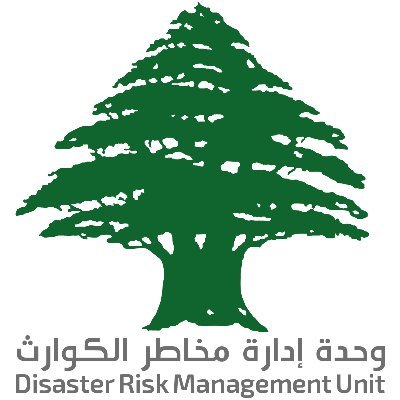 Disaster Risk Management Unit at the Presidency of the Council of Ministers, Lebanon
Disaster Risk Management Unit at the Presidency of the Council of Ministers, Lebanon

Disaster Risk Management Unit at the Presidency of the Council of Ministers, Lebanon
Overview
Sector |
Disaster Risk Reduction |
Country |
Lebanon |
SDG |
11 - Sustainable Cities and Communities |
Organization Type |
Government |
URL |
drm.pcm.gov.lb |
Description
Similar Organizations
| Name | Sector | Country | |
|---|---|---|---|
Mobiva |
Disaster Risk Reduction, Gender Equality and Empowerment of Women, Health, Private Sector Development, Science, Technology & Innovation | Malaysia | View Details |
Dhosa Chandaneswar Bratyajana Samity (DCBS) |
Disaster Risk Reduction, Financial Services, Humanitarian Emergencies, Renewable Energy, Sustainability and Environment | India | View Details |
Urban Governance Institute of Nanjing, China |
Capacity Building, Disaster Risk Reduction, Industrial Development, Infrastructure, Natural Resource Management, Research, Sustainability and Environment | China | View Details |
Pan African Institute for Development (PAID) |
Disaster Risk Reduction, Health, Natural Resource Management, Peace and Development, Private Sector Development, Research, Science, Technology & Innovation, Sustainability and Environment | Cameroon | View Details |
Grameen Development Society (GDS) |
Agriculture, Food and Rural Development, Child Development, Development Cooperation, Disaster Risk Reduction, Education, Gender Equality and Empowerment of Women, Health, Humanitarian Emergencies, Sustainability and Environment, Volunteerism, Water | Bangladesh | View Details |